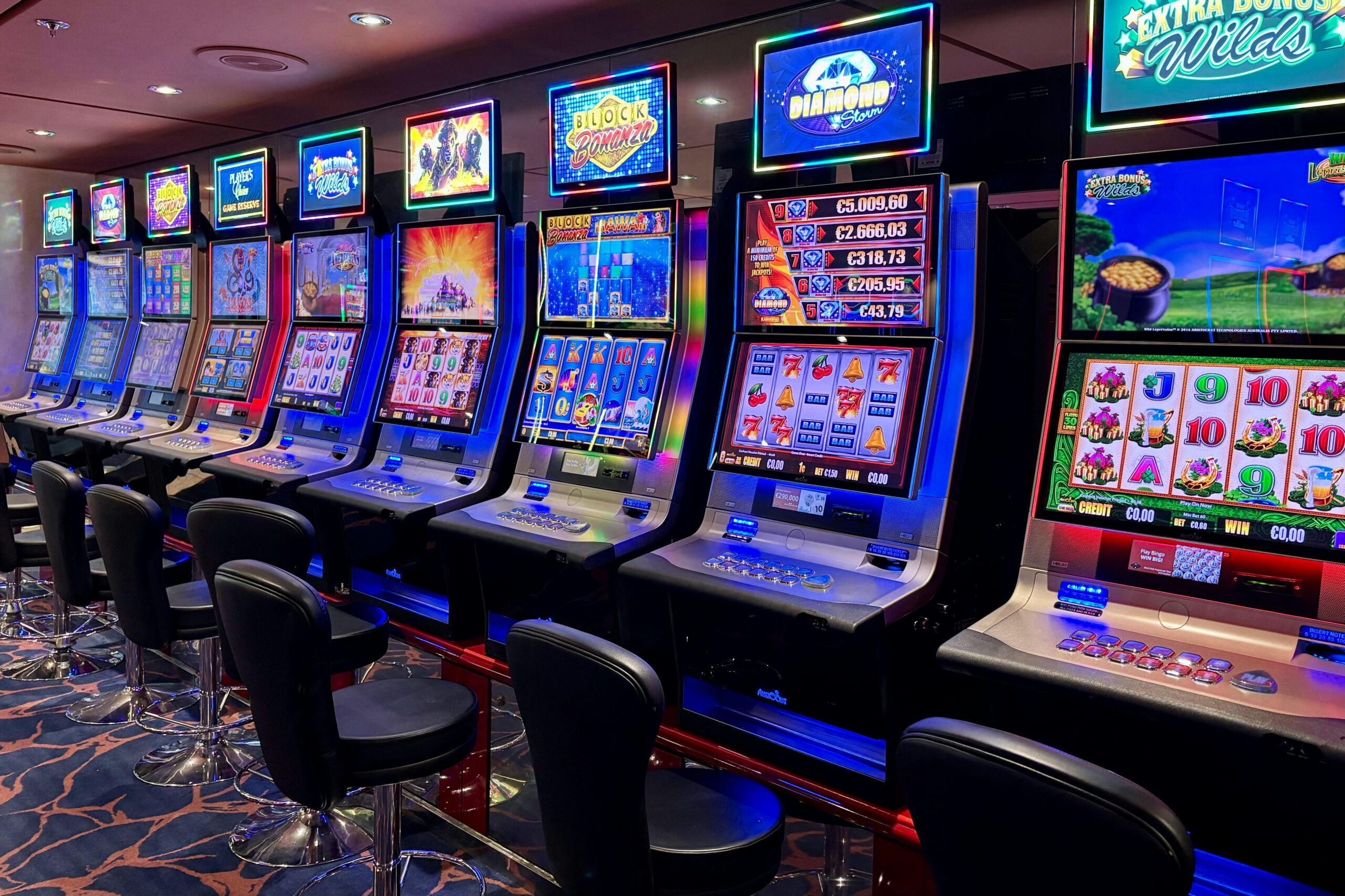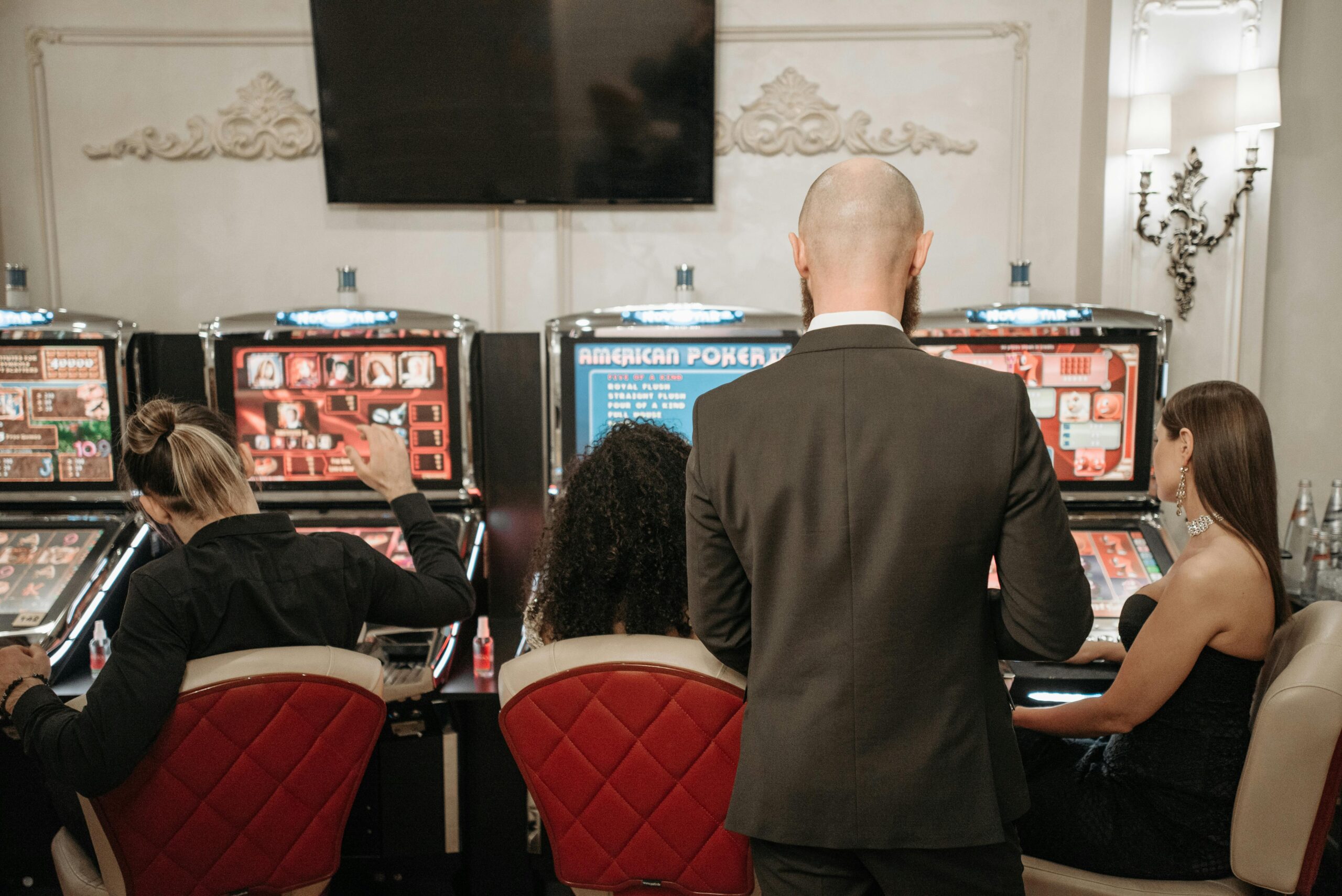Creating your own slot machine is the best way to put your technical skills to work.
The process gives you an opportunity to design tailor-made machines that serve all your needs.
That way, you can come up with a unique slot game and win the hearts of thousands of players.But the process isn’t easy. It requires a bit of technical knowledge and collaboration. You can recruit a few experts to help you through.
Also, you can implement steps given in this article to fully develop your slot machine. Read on to learn more.
Understanding Slot Machine Basics

A slot machine, which is popularly known as a gaming machine is a basic gambling device. It features several spinning reels that are adorned with various symbols. These reels and symbols appear on a screen and have strategic purposes in the machine.
Below the screen is a button for players to activate the spin. There’s also a coin slot that facilitates activation of bets. When playing, the reels display various symbols that align with the slot machine’s themed design.
You can find fruits, icons, and letters as the common symbols in many slot machines.
Slot machines also have several paylines that depend on the size of the machine. Modern machines have paylines of up to 100.
So, they can accommodate many players than machines with lesser paylines. A payout system is also a basic feature of a slot machine. Standard slot machines have payout systems that give small amounts to huge jackpots.
Designing Your Slot Machine
Designing your slot machine isn’t a walk in the park. It requires about $25,000 and technical skills to create a simple and fair platform to keep your players coming. Luckily, you can implement the following steps to get your slot machine off the ground and start collecting profits.
Technical Development
Under technical development, you need solid skills in programming to build a platform that’s functional and easy to navigate.
Technical development should start with outlining technical requirements for your slot game. These include:
- Slot game features
- Story and theme
- Technology stack like Unreal or Unity
- Timeframe to complete development
When your artists are familiar with the requirements, they can go ahead and produce sketches, wireframes, and mockups. Sketches and wireframes indicate how your slot game display will look.
They also show the progress as a player interacts with the machine. Let your developers also sketch out symbols and backgrounds. Next, you need to code the game with the minimum viable product (MVP).
This will create your basic UI, game mechanics, and slot features. Building the prototype is important in showing all people involved your slot game idea.
Regulatory Compliance
Regulatory compliance is another essential part of slot machine development. It ensures you operate your game smoothly and attract many players. Players are attracted to platforms that comply with regulations.
Gaming regulatory policies require owners and operators of slot machines to adhere to various laws. What’s your state policies for slot machine operations?
Check with your lawyer for appropriate advice. Ensure your slot machine complies with your state policy on ownership of slot games. Contact a lawyer for advice on how to obtain a license for your business before moving further.
Manufacturing and Production
After developing the prototype and getting licensed, it’s now the time to design your slot machine. In this process, you should check which mockup best suits your desired game. After setting in one, build a full version of the sketches.
Following the best mockup ensures you provide the best user experience. Also, ensure you use the best tools like Adobe XD or Figma to create outstanding software to enhance the user experience.
Next is developing your slot machine. This step requires the most of your attention and collaboration of all the teams. It’s the step where you’ll bring your slot game to life.
First, your developers must create an accurate math engine that works as your slot machine’s backend. Ensure they develop the appropriate Random Number Generator (RNG) for smooth determination of spins’ outcomes.
Your developers should also work on:
- Wining sizes
- Bonus frequency
- Winings’ payment frequencies
- Slot game’s volatility
- Cross-platform support
- Payment integration
Testing and Refinement

Now is the time to test your slot game and refine aspects that you deem wanting. This process is particularly important to ensure your platform thrives for a long time and gives the best user experience to players.
Ensure your developers take your game through the following steps:
- Unit testing for evaluation of each component
- Integration testing to see the seamlessness of combined components
- System testing to note any technical, functional, and business issues
- User Acceptance Testing to see any problems when playing and fix them
Testing and refining means you find the weakness and strengths of your game. As a result, you make important changes to come up with a quality slot machine.
Deployment and Maintenance
Deployment and maintenance will require physical and soft skills. First, you need to market your business on social media using platforms like Facebook and Instagram. After getting several players, ensure you maintain the best user experience.
Quality maintenance is a perfect way to retain players and call out for more. Run frequent checks on your machine to detect any issues and fix them instantly. Besides, always wipe out dust with a cloth to keep your machine clean and prevent worse issues like rusting.
Conclusion
You can now develop your slot machine with the steps outlined in this article. But be sure the final product is tailor-made for specific demands in the market. Is the theme appealing? Do all processes comply with regulations?
Make a thorough testing before deployment to eliminate any problems before your machine goes live.
